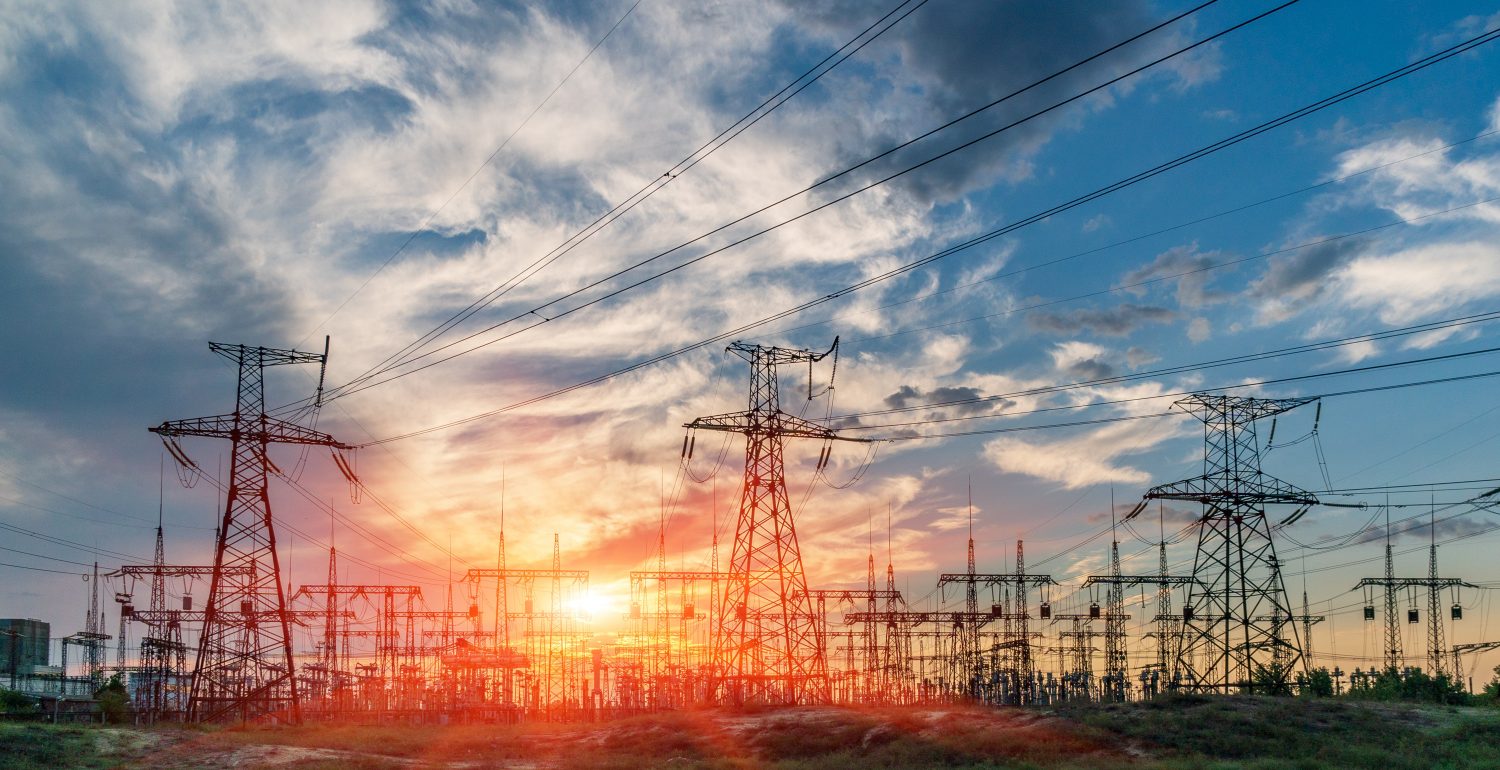
Fiber Optics for Utilities
Many people are familiar with fiber optics as a vehicle for internet connection, but fewer are aware that the same cables can also be used for utility lines. Indeed, municipalities can utilize fiber optic cables for electric utility companies, allowing for faster service and financial opportunities, too. This method is particularly attractive because power companies already have ownership over the poles used for deployment and the rights of way allowing access to the property surrounding the power lines. These and other benefits make fiber optics an ideal vehicle for delivery of power utilities.
Fiber Optics vs. Traditional Cables
Though they can be used to achieve the same end result, there are many differences between traditional wired cables and fiber optic cables. Traditional cables work by providing a path for an electrical current. The cables are designed to offer minimal resistance and thus typically feature a metal core — often copper — that is insulated and contained in a protective outer layer. This construction allows for adequate delivery of electricity, but it is a stark contrast to the technology that a fiber optic cable employs.
Fiber optics work by allowing light to travel through cables that are thinner than a strand of hair. As the light travels, it bounces and reflects, and is emitted when it reaches its destination. In relation to energy utilities, this allows for a faster and much safer transmission of power than traditional cables can provide.
Benefits of Fiber Optics for Utilities
Improved speed and safety are just two of the perks that users can enjoy when fiber optics are used for power utilities. A fiber infrastructure also offers a range of other advantages that benefit individual users as well as the municipalities that implement the system. Some of the other benefits you can expect from fiber optic installation include:
- No threat of electromagnetic interference
- Ability to use existing power structures</li>
- More power can be carried in each transmission
- Less vulnerability to severe weather
These benefits are particularly attractive when dealing with a system as sensitive as a power utility. Typical power cables can easily be knocked offline by severe weather or compromised by electromagnetic interference. On the other hand, power that is delivered through fiber optic cables eliminates these vulnerabilities and offers a stronger, faster means of utility delivery.
Deployment Process for Fiber Optics
Deployment of fiber optics for a power utility can be accomplished in one of two ways. If an existing network is already in place, and a fiber optic network is built on
top, it is called brownfield deployment. Brownfield deployment involves analyzing the existing infrastructures, determining the best way to install fiber optics, and strategizing how to effectively complement the system that is already in place. Greenfield employment, by contrast, is the process of deploying a fiber optic infrastructure where no other infrastructure currently exists. In some ways, this is more difficult than brownfield deployment, because it necessitates construction of an entirely new system. In some ways it is easier, though, because the system does not need to be adapted to fit into the parameters of an infrastructure that already exists.
Optimize Utilities With Fiber Optics
Fiber optics is an efficient and effective way to maintain power utilities and provide better, safer, and faster service to customers. Fiber optic broadband solutions for utilities are the modern answer to problems such as unreliability. Remember, it is advantageous when an existing power infrastructure exists because a fiber optic system can easily be installed using the power poles and property that are already in use. Take advantage of the opportunities that a fiber optic network can offer your community.
V1 Fiber specializes in fiber optic technologies, including utility use, for municipalities. To learn how we can revolutionize your utility lines, you can reach out online or call us at (828) 299-0808.





No Comments
Sorry, the comment form is closed at this time.